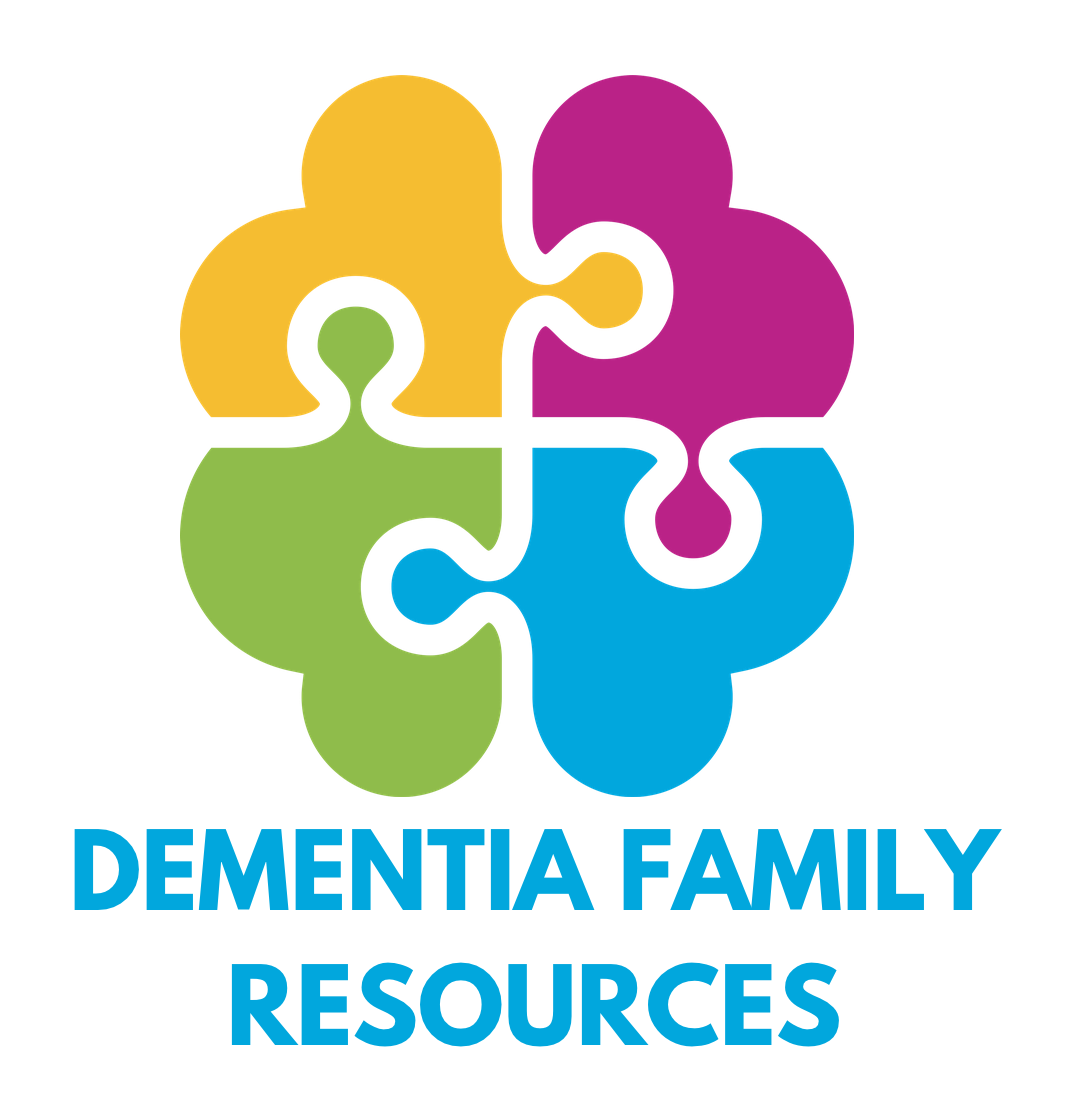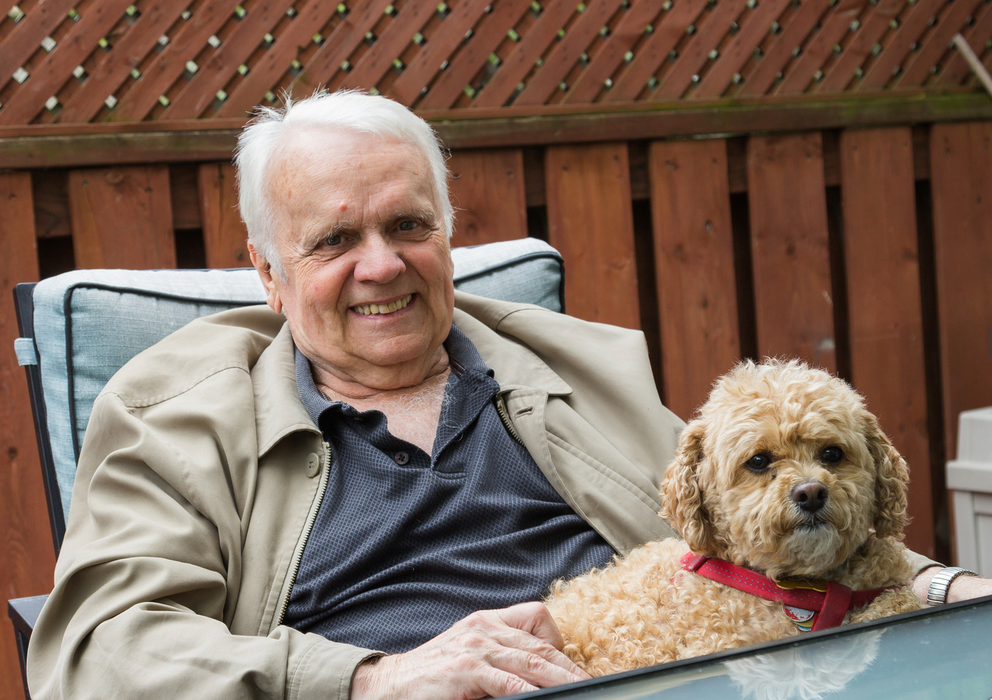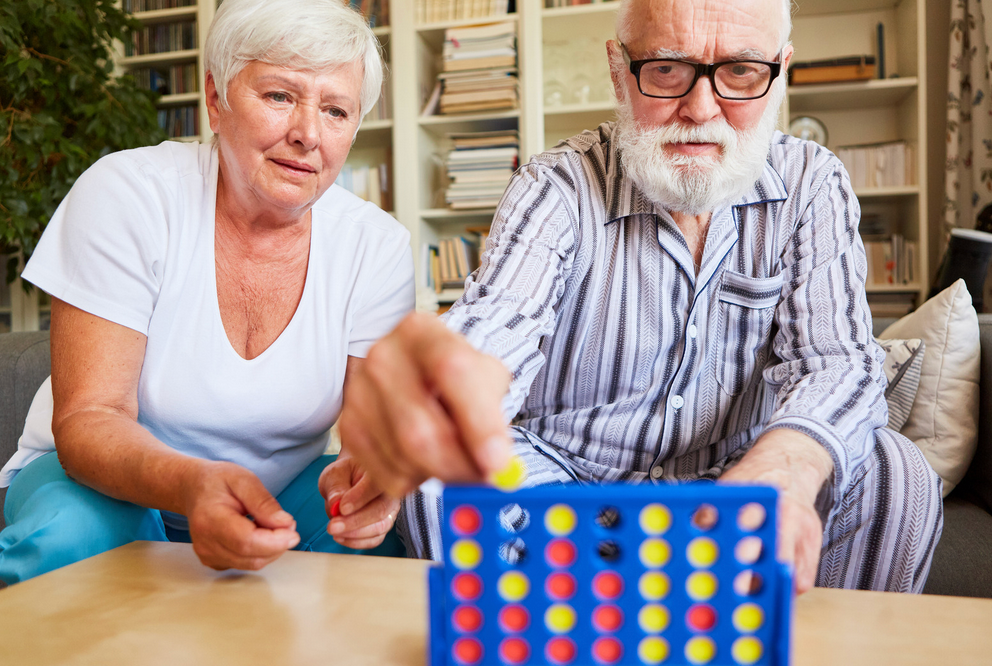
Contact Us
We will get back to you as soon as possible
Please try again later
10 Crafts That Can Benefit People With Dementia
Busy Hands Craft Magical Moments

Dementia can severely affect an individual's quality of life, as it leads to confusion, memory loss, and disorientation. However, research indicates that participating in creative activities can enhance the well-being and quality of life for people with dementia. Creative arts and crafts help people engage with the present moment, express emotions and stimulate the brain. This blog will suggest ten examples of crafts that you or a loved one with dementia can create, which can help aid in cognitive stimulation and well-being.
Try these activities:
1. Scrapbooking: This is a fun way to examine old photos and preserve family memories. It encourages communication, storytelling, and reminiscence, allowing people with dementia to connect with positive aspects of their life story.
2. Painting: Painting is a creative activity that allows for self-expression, a calming atmosphere, and sensory stimulation. It can create a sense of accomplishment, giving people a feeling they have made something unique and worthwhile.
3. Knitting: Knitting is a particularly useful activity as it can improve fine motor skills, hand-eye coordination, and cognitive function. With repetitive knitting movements, the focus and concentration required help to enhance cognitive stimulation.
4. Clay modeling: This accessible and enjoyable technique encourages sensory stimulation and has a pleasing tactile quality. People with dementia can use their fingers to shape and design unique creations, which can be an excellent addition to a home or office space.
5. Coloring: Coloring is an inexpensive yet effective form of art therapy. It helps create a sense of calm, encourages hand-eye coordination, and provides a productive and fun way to pass the time.
6. Music therapy: Music therapy can help reduce anxiety and stimulate the brain. It encourages interaction with familiar songs and fosters a sense of connectedness to past experiences, which is comforting for people living with dementia.
7. Crosswords and puzzles: Crosswords and puzzles are challenging activities that encourage cognitive stimulation and engagement. These activities help to develop reasoning, memory, and attention to detail.
8. Origami: Origami offers a chance to stimulate the brain while fostering a sense of accomplishment. It involves folding paper into a particular shape, which encourages fine motor skills and improves spatial awareness.
9. Gardening: Gardening provides a range of benefits such as sensory stimulation, relaxation, and a sense of purpose. Tending to plants and laughing at the joy of watching them grow can also be calming and therapeutic.
10. Collage-making: Collage-making is an inexpensive, easy-to-learn activity that offers a range of creative possibilities. It encourages fine motor skills, spatial awareness, and concentration.
Finding enjoyable and stimulating activities can improve the quality of life for people with dementia. The ten examples of arts and crafts we’ve shared in this blog post will help stimulate the brain and provide a sense of calm, accomplishment, and pleasure, all of which help combat some of the negative aspects of dementia. While these activities aren't a cure for dementia, they can offer a meaningful contribution to a dementia-friendly lifestyle. Participating in these activities can provide fulfillment and satisfaction while improving cognitive functioning and promoting well-being.









